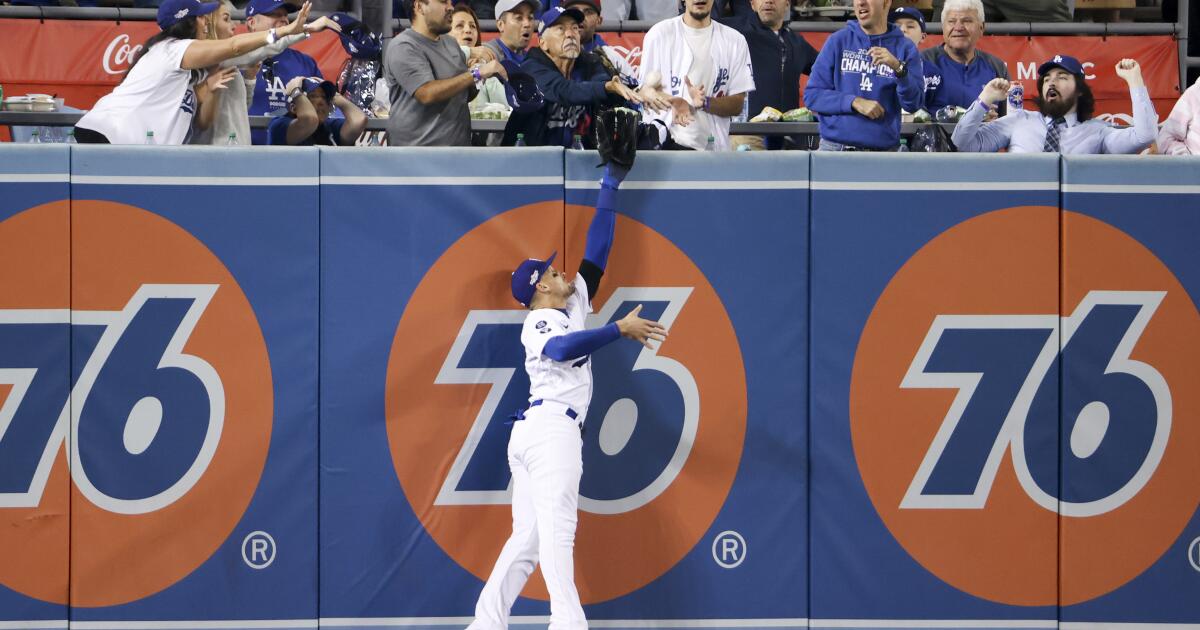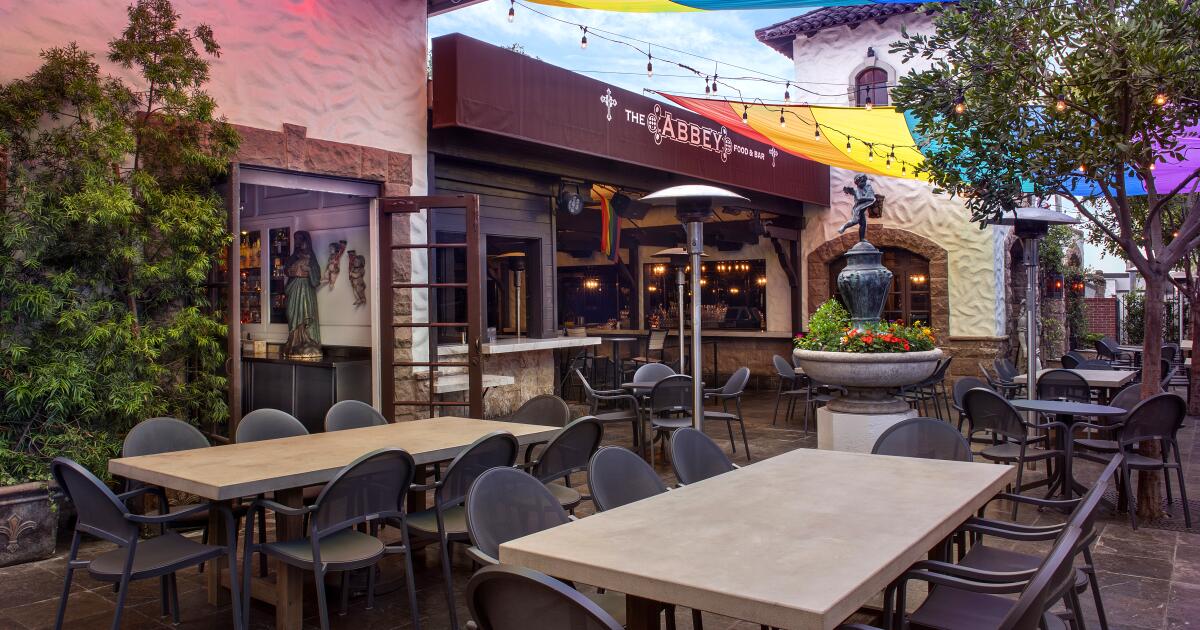California's high -speed rail project is scheduled to receive $ 1 billion a year in funds through the State Capitalization and Commerce program for the next 20 years, a relief for legislators who had urged the legislature to approve the application as billions of dollars in federal funds remain in danger.
State leaders rated the measure, which is pending final voting of the Legislature, a necessary step to consolidate investments of the private sector, an approach area for project officials. And the project executive director, Ian Chouddri, said the agreement is crucial to complete the current priority, a portion of 171 miles from Merced to Bakersfield, by 2033.
“This financing agreement resolves all the financing gaps identified for the early operating segment in the Central Valley and opens the door for a significant public-private commitment with the program,” Choudri said in a statement. “And we must also work to ensure long -term financing, beyond today's commitment, which can bring high -speed rail to the population centers of California, where the growth of income and income in turn will support future expansions.”
The project was originally proposed with a end date of 2020, but so far, no line segment has been completed. It is also about about $ 100 billion on the original budget of $ 33 billion that was originally proposed to voters and has received considerable rejection of Republican legislators and some Democrats. The Trump administration recently moved to withdraw $ 4 billion in programmed funds for construction in the Central Valley; In turn, the State demanded.
Even so, project defenders believe that it is crucial for the economy of the State and for the innovation of the nation in transit.
“We applaud to the leaders of Governor Newsom and legislative leaders for their commitment and determination to make the high speed railway a success,” the former Secretary of Transportation of the United States and co -president of US high speed railroad. UU. Ray Lahood said in a statement. “The agreement represents the most important step to date for this transformation project.”
State Senator Dave Cortese (D-San José), who chairs the Senate Transport Committee, said the legislature “must act quickly to approve this plan and keep California on the way to deliver the first true high-speed railroad in the United States.”
The construction of the project has been limited to the central valley. Chouddri has said that the project could take decades to connect the line from Los Angeles to San Francisco and it is not clear when construction would begin in another part of the State. A recent authority report proposed the following alternatives for the project that would connect the Central Valley with Gilroy and Palmdale. In those scenarios, regional transit would fill the gaps to San Francisco and Los Angeles.
The legislators of the area of the area recently requested an annual investment of $ 3.3 billion in transit of the State Limit Fund, recognizing that, although the high speed railway is a state priority, the county of the LA should not be overlooked when it comes to increasing the most immediate traffic investments in the most popular state of the state. Citing the needs of capital, health and climate, the delegation pressed for a greater investment in buses, railways and regional connectors.
According to a recent report by the Association of South California. Of the governments, the County of the represents 82% of the passengers of the bus in southern California. Although the use of public transport is high, legislators and traffic leaders have said that expansion and improvements are necessary.
“Millions of Los Angeles County residents already depend on the metropolitan bus and the municipal rail, Metrolink and municipal operators. However, the service has not followed the rhythm of the need: the transit passenger remains 25-30% below the pre-pondemic levels, even when the traffic of the highway has recovered almost completely,” said the letter of the delegation. “Without a significant investment, the super travelers of the Valley, the southern Los Angeles and the inner empire remain locked in long and expensive car trips.”
The financing commitments for the transit of the County of the County remained since the last budget, but the request of the delegation of billions in limit and trade funds has not yet arrived.
“The state budget agreement in June 2025 restored $ 1.1 billion in flexible transit funds of the GGRF, which benefits traffic operations throughout the state, including the county of the,” said Senator Lola Smallwood-Cuevas (D-Los Angeles).
Smallwood-Cuevas said that the point of the application was to ensure that the traffic needs of the Los Angeles region are not lost.
“We recognize what it means when people in Los Angeles County leave their cars and public transport, that is the greatest reduction that can happen,” he said. “We intend to see an opportunity in which we can address some of those passengers and analyze ways of guaranteeing an equitable opportunity that invests in our public regional transit transport, while we also work to build what I call the backbone of our transit, a high -speed rail program that will be executed up and down the state and will connect with our regional public transport arteries.”
State Senator Henry Stern (D-Los Angeles) said that the state's investments towards the recovery of forest fires in Pacific Palisades and Altadena “does not mean that he should leave the largest segment of drivers anywhere in the world that languages traffic forever.”
“It's not that there was nothing [for transit funding]”Stern said.” It's just that we believe there should be more. “
The Los Angeles area does not face the same state financing obstacle of the Bay area, where legislators have rushed to obtain a traffic loan of $ 750 million, warning that key services such as Bart could be significantly affected without funds.
So far, approximately $ 14 billion have been spent on the high -speed rail project, which has created approximately 15,000 jobs in the Central Valley. Theoretically, the train will eventually increase economies throughout the state.
Eli Lipmen de Movela believes that investments will help traffic in the Los Angeles region by expanding access, long before there is a high speed direct rail connection.
“They were building an incredible traffic system with the Metro, but we need that regional system to get to Orange County, San Bernardino, Riverside, Ventura County,” Lipmen said.
“So we are making those investments, even if the high -speed rail does not come here immediately to improve those connections for the components. That is something good.”












